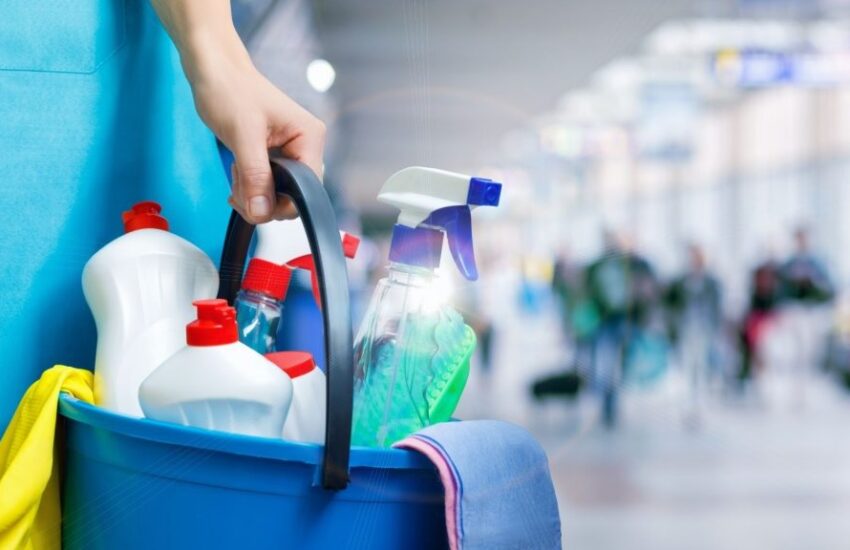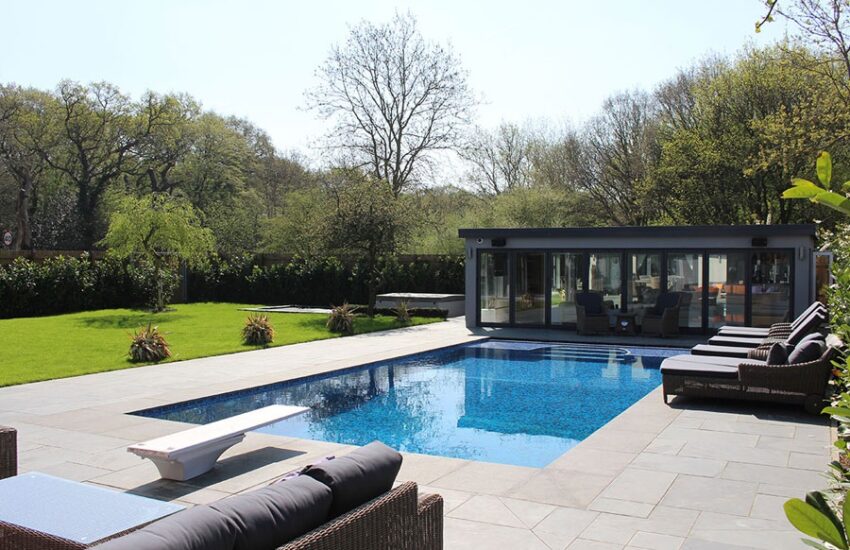Gardening is a delightful hobby that brings peace and satisfaction. Whether it’s your hobby or profession, ensuring your plants receive adequate water is vital. One way to achieve this is by installing an effective watering system. But with a plethora of choices available, how do you decide which one is right for you? Here are eight factors to consider when selecting the most suitable garden irrigation system.
1. Garden’s Plant Variety
Different plants have different watering needs. Some require frequent watering, while others thrive in drier conditions. The watering system should cater to these diverse needs. For instance, a drip irrigation system might be ideal for plants that prefer moist soil, while sprinklers could be more suitable for those that require less water.
2. Garden Size
The size of your garden significantly influences the type of watering system you need. A large garden might necessitate a more sophisticated system such as a sprinkler system or a soaker hose. Sprinklers are ideal for large areas because they can cover a wide radius.
Soaker hoses, on the other hand, deliver water directly to the root zone of your plants, making them ideal for large gardens with dense plantings. And smaller gardens could suffice with a simple watering can or handheld hose.
3. Soil Composition
Different soil types have varying water retention capacities. For instance, sandy soil drains quickly and may need a watering system that provides frequent bursts of water to keep plants hydrated. A micro-irrigation system might be perfect for this, as it delivers small quantities of water directly to the plant’s roots over a long period.
Conversely, clay soil retains water for much longer, thus requiring less frequent watering. In this case, a simple sprinkler system or a watering can may be sufficient.
4. Climate Conditions
Your local climate and weather patterns should also be considered. If you live in a region that experiences frequent rainfall, you may not need an elaborate watering system. However, if your area is prone to droughts or high temperatures, a robust irrigation setup may be necessary to ensure your plants get enough water.
5. Water Source and Pressure
Consider the source and pressure of your water supply. Systems like sprinklers and soaker hoses require high water pressure to function effectively. Before choosing these systems, ensure your water source can provide the necessary pressure. If your water pressure is low, you might have to consider other options like drip irrigation or manual watering.
6. Sustainability
Sustainability is key in modern gardening. Therefore, opt for a system that uses water efficiently to conserve this precious resource. Drip irrigation and soaker hoses are good examples of water-efficient systems. They deliver water directly to the plant’s root zone, minimizing evaporation and runoff.
7. Budget Constraints
Your budget will inevitably affect your choice. While some systems like soaker hoses and sprinklers can be more expensive due to their extensive coverage and efficient water delivery, others like watering cans and handheld hoses are relatively inexpensive. However, remember that an efficient system can save you money in the long run by reducing water usage and ensuring your plants grow healthy and strong, thereby reducing the need for replacement plants.
8. Maintenance Requirements
Lastly, consider the maintenance requirements of the irrigation system. Some systems need regular maintenance for optimal performance, while others require minimal upkeep. For instance, sprinkler systems may need periodic checks to ensure they’re not clogged or leaking while watering cans simply need to be filled up. Choose a system that aligns with your ability and willingness to manage its maintenance.
Conclusion:
Selecting the right garden irrigation system requires careful consideration of various factors. These include the types of plants in your garden, the size of your garden, your soil type, local climate, water source and pressure, sustainability, budget, and maintenance requirements. By considering these factors, you can ensure your plants receive the care they need to thrive, while also making a responsible and sustainable choice.











